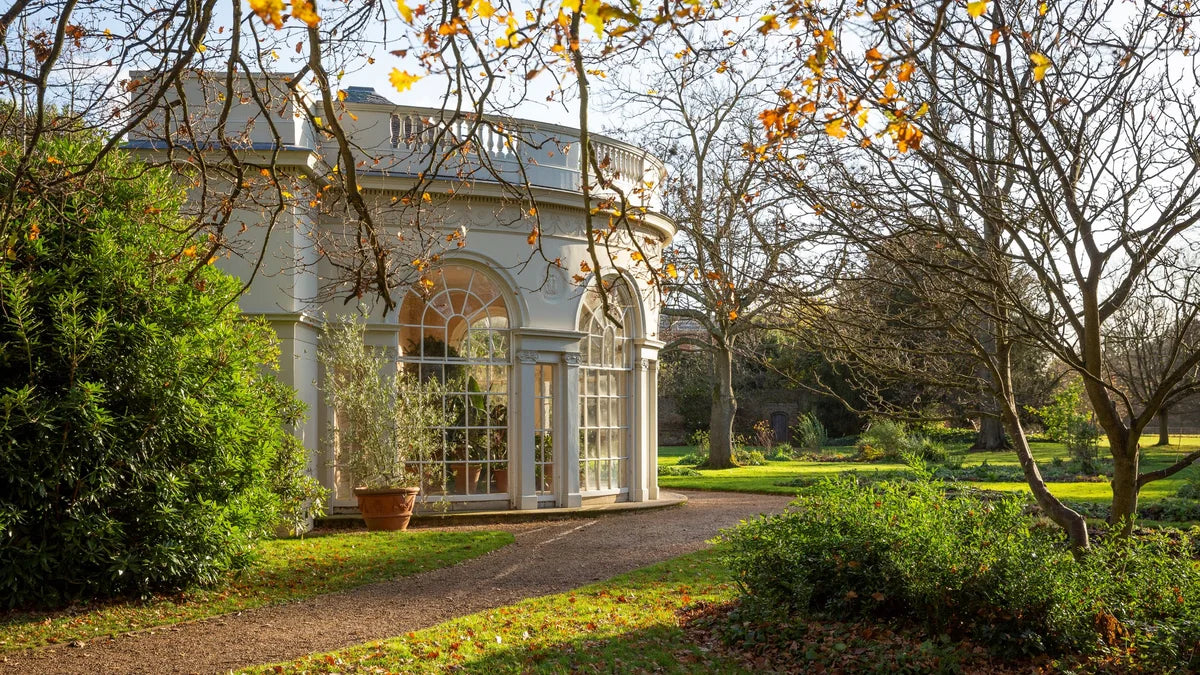
Isleworth's 20th Century Urban Renewal
A short guide that walks you through Isleworth's 20th century urban renewal journey!
By the early 1900s, industrial-economic shifts had stained Isleworth's star. Heavy infrastructure lined the Thames, factories billowed smoke while poorly planned dense housing burdened amenities. Isleworth had become indistinguishable from Greater London’s urban morass.
But the mid-20th century signaled fightback time! Isleworth was absorbed into the metropolitan Hounslow authority, unlocking funding and political will for renewal schemes. Blighted Victorian-era slums made way for the modern Isleworth estate with improved public housing.
Historic buildings like the All Saints Church were refurbished to former glory. Transport links were fortified, like the 1925 Twickenham Bridge enhancing Isleworth’s connectivity. Central Isleworth was pedestrianized with pretty courtyards and malls drawing shoppers back.
Comprehensive regeneration schemes in the 1990s built on these efforts - decayed warehouses disappeared, the Duke of Northumberland’s River was dredged while conservation protection revived Syon House. Cleaned up and re-zoned brownfield sites attracted hotel chains and offices.
So like a phoenix rising from ashes, visionary re-planning has made Isleworth an exemplar modern suburban township - preserving heritage sites while equipping it for 21st century demands. The stirring post-industrial revival continues but Isleworth’s future now shines bright!
Collections
-

Claudia Marchese
About the Artist Claudia Marchese is an Italian painter and designer illustrator...



